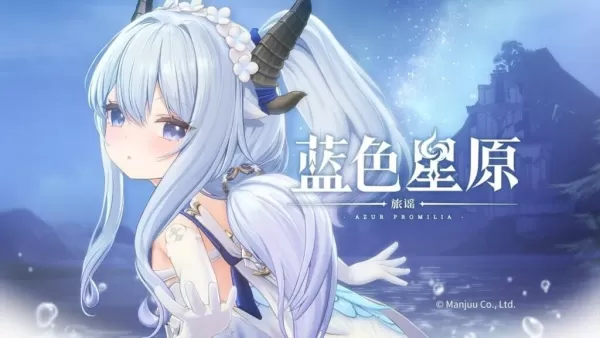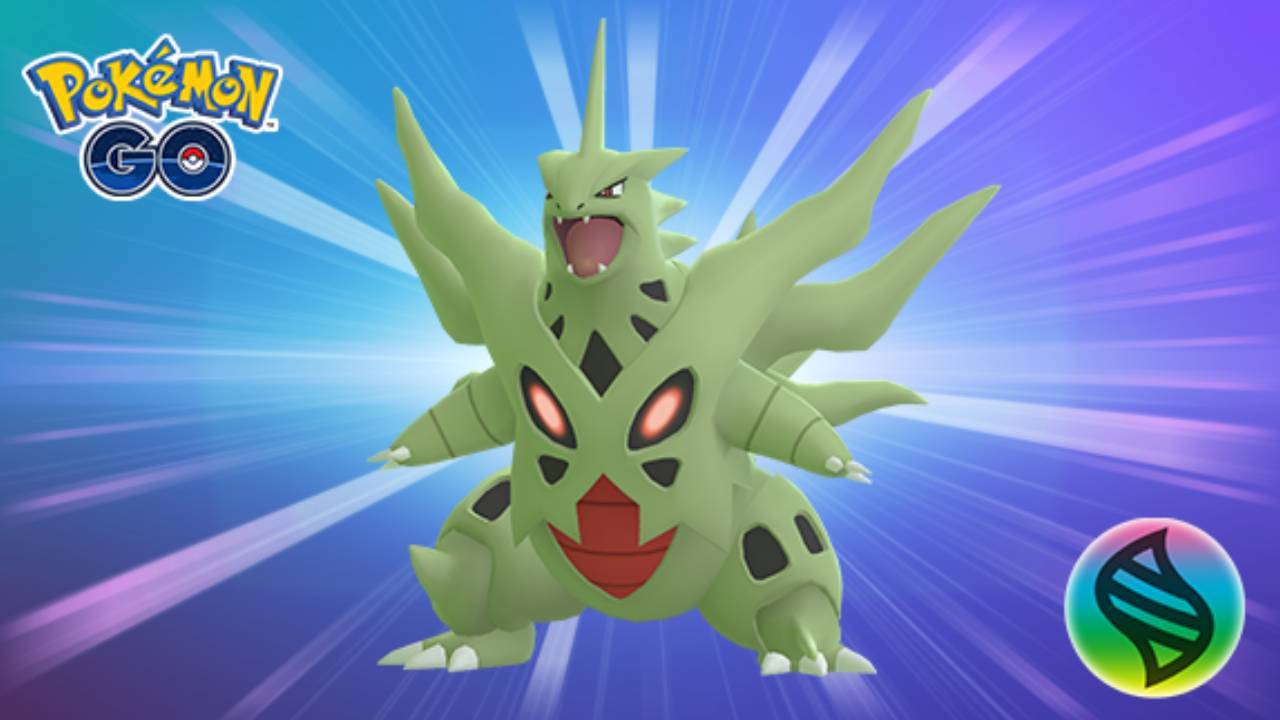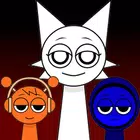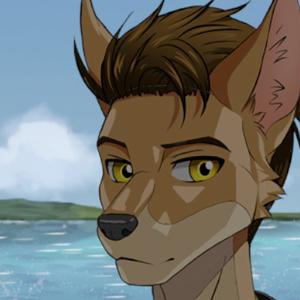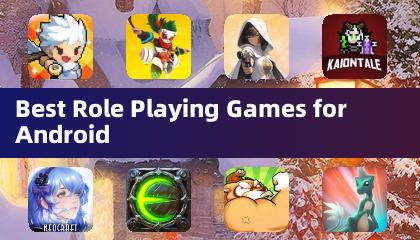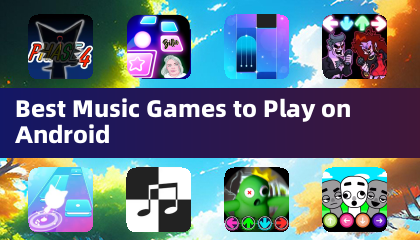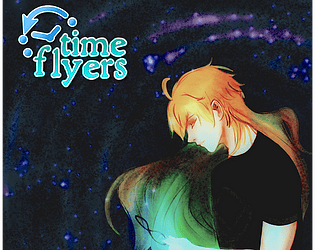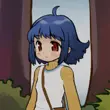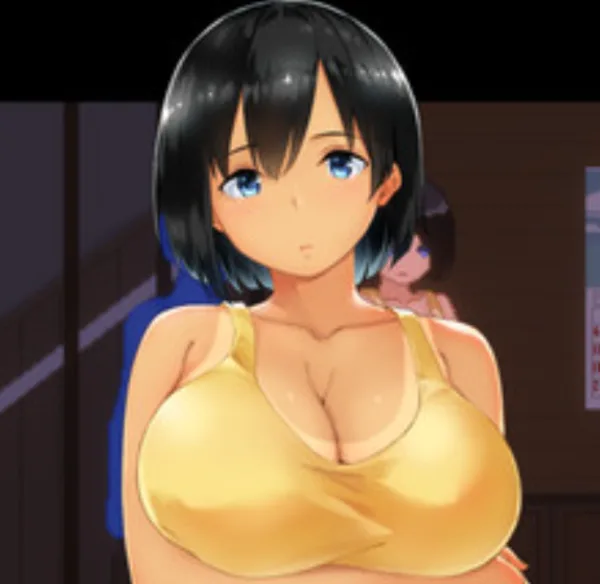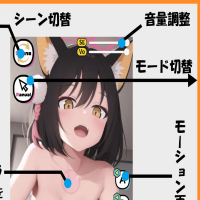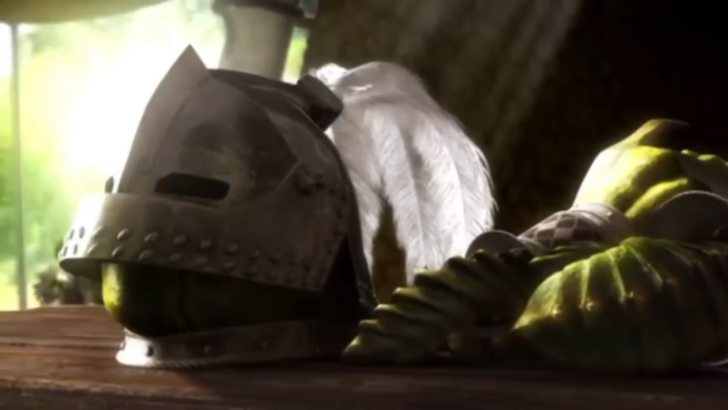
The narrative of Monster Hunter might seem straightforward and often dismissed as an afterthought, but a closer look reveals a rich tapestry of themes and stories. Let's explore the deeper elements of this beloved series.
← Return to Monster Hunter Wilds' main article
Evolution of Narratives in Monster Hunter

While the Monster Hunter series isn't typically known for its narrative, the story does exist and deserves attention. The game's mission-based structure can make the narrative seem secondary, but beneath the surface, there's more to discover. Let's dive into the mainline series' stories and see if they're as simple as they appear.
How It All Starts
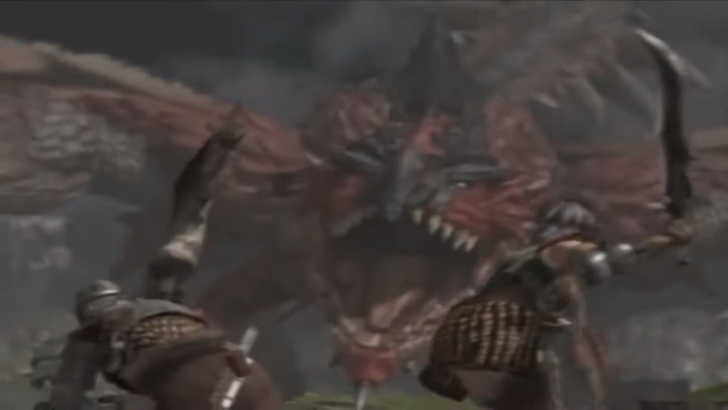
The Monster Hunter games typically follow a familiar pattern: you begin as a novice Hunter, taking quests from the village elder or leader, and gradually ascend to become the top-ranked Hunter in your village. As you progress, you'll tackle increasingly formidable monsters, culminating in a showdown with the game's final boss, such as Fatalis in Monster Hunter 1. This cycle remains consistent across the series, even as newer games like World, Rise, and their expansions introduce more structured storytelling.
Protecting the Natural Order
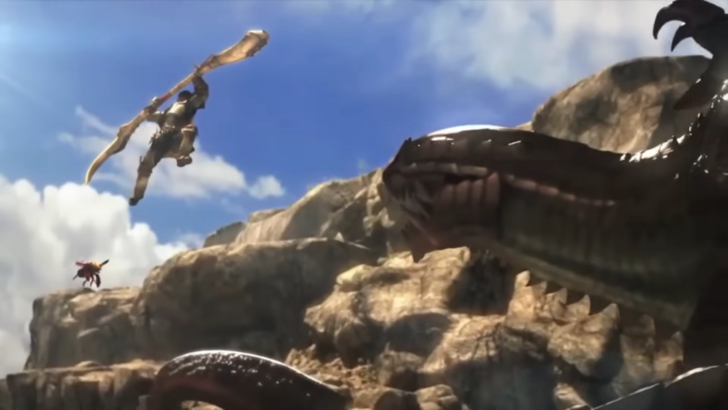
The series often explores the Hunter's role in maintaining the balance of the ecosystem. In Monster Hunter 4, the Gore Magala's Frenzy Virus threatens this balance, making monsters more aggressive and endangering the natural order. The Hunter's mission to defeat the Gore Magala underscores the theme of restoring balance.
However, Monster Hunter: World and its expansion, Iceborne, delve deeper into the relationship between humans and nature. The game's endings highlight the responsibility humans have in preserving the natural order, yet also emphasize that nature operates independently of human intervention. The Nergigante's role as a natural force of balance, particularly in its confrontation with Shara Ishvalda, reinforces this theme. The "Sapphire Star" narrative from the base game symbolizes the Hunter's role as a guiding light in nature's preservation, while Iceborne's more somber conclusion prompts reflection on humanity's true impact on the natural world.
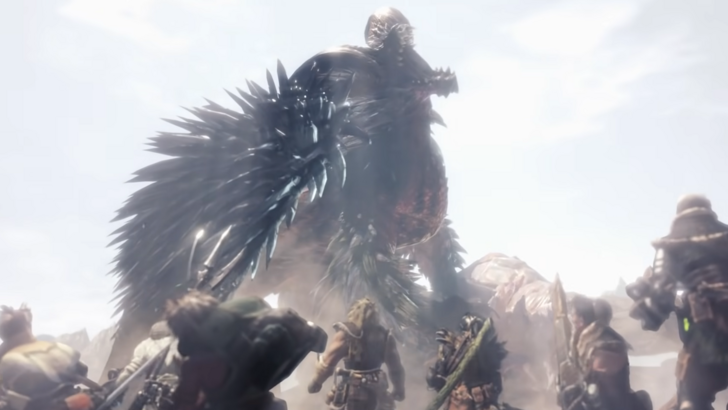
The series reflects real-life ecological dynamics, illustrating how nature adapts and survives without human interference. This thematic depth suggests that Monster Hunter is more than just a game about hunting monsters.
Monster in the Mirror
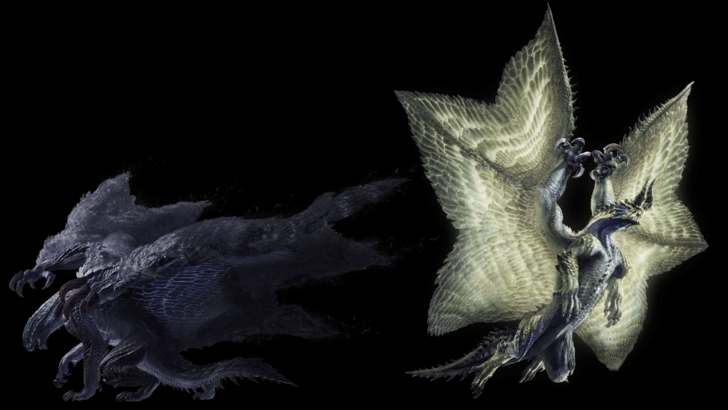
In Monster Hunter 4, defeating the Gore Magala leads to its transformation into the Shagaru Magala, an elder dragon, symbolizing the continuous cycle of challenge and growth. This mirrors the player's journey of upgrading gear and facing tougher foes.
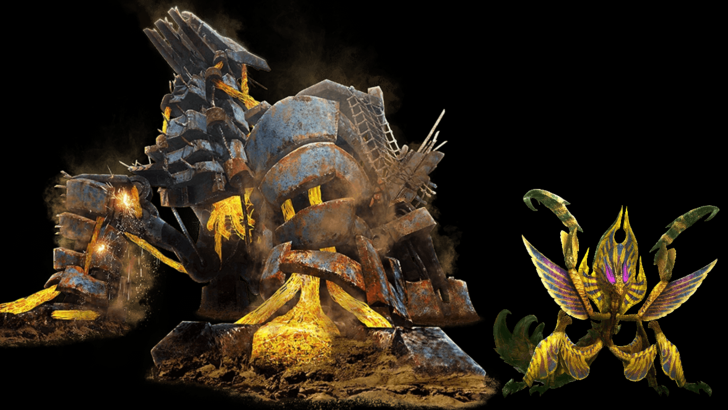
The Ahtal-Ka from Monster Hunter Generations Ultimate exemplifies this theme of adaptation and reflection. Initially appearing unthreatening, it reveals its true power by piloting the Ahtal-Neset, a mechanical creation, and using weapons similar to those of Hunters. This monster's evolution and use of human-like tactics highlight the series' theme of nature's adaptability and the mutual influence between Hunters and monsters.
Man Versus Wilds: Your Story
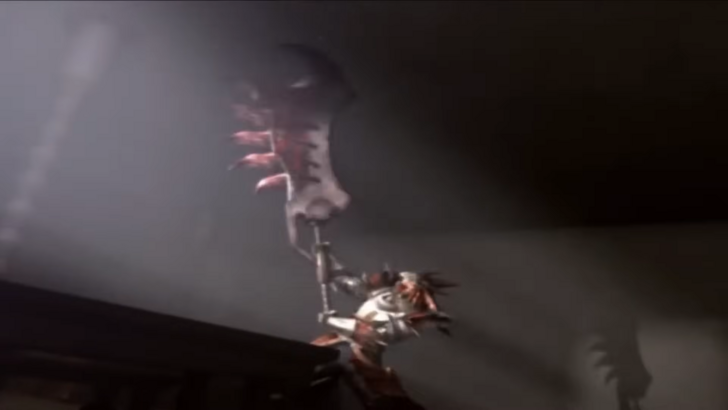
At its core, Monster Hunter is about the player's journey of growth and mastery. The series captivates players by presenting challenges that seem insurmountable, much like the Souls series. For instance, the introduction of the Tigrex in Monster Hunter Freedom 2 sets a clear goal: overcoming the monster that nearly ended your journey. This personal narrative of overcoming adversity and facing rivals, such as the Gore Magala in MH4, resonates deeply with players.
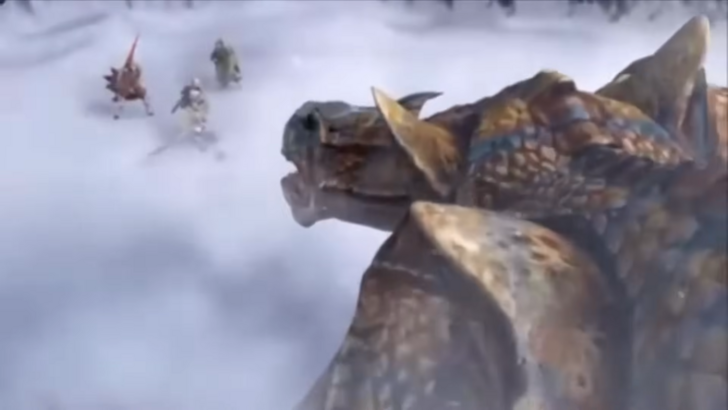
The newer games, including Monster Hunter Wilds, are shifting towards more structured narratives, enhancing player engagement. While the series may not have the most complex stories, it excels in weaving the player's experience into a memorable personal narrative.
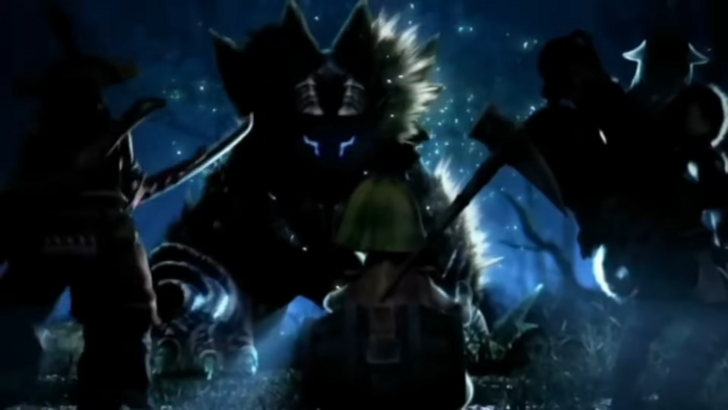
In conclusion, Monster Hunter's narrative depth lies in its thematic exploration of nature, balance, and personal growth. It's a series that, while seemingly simple on the surface, offers a profound experience that players carry with them long after they've put down their controllers.


